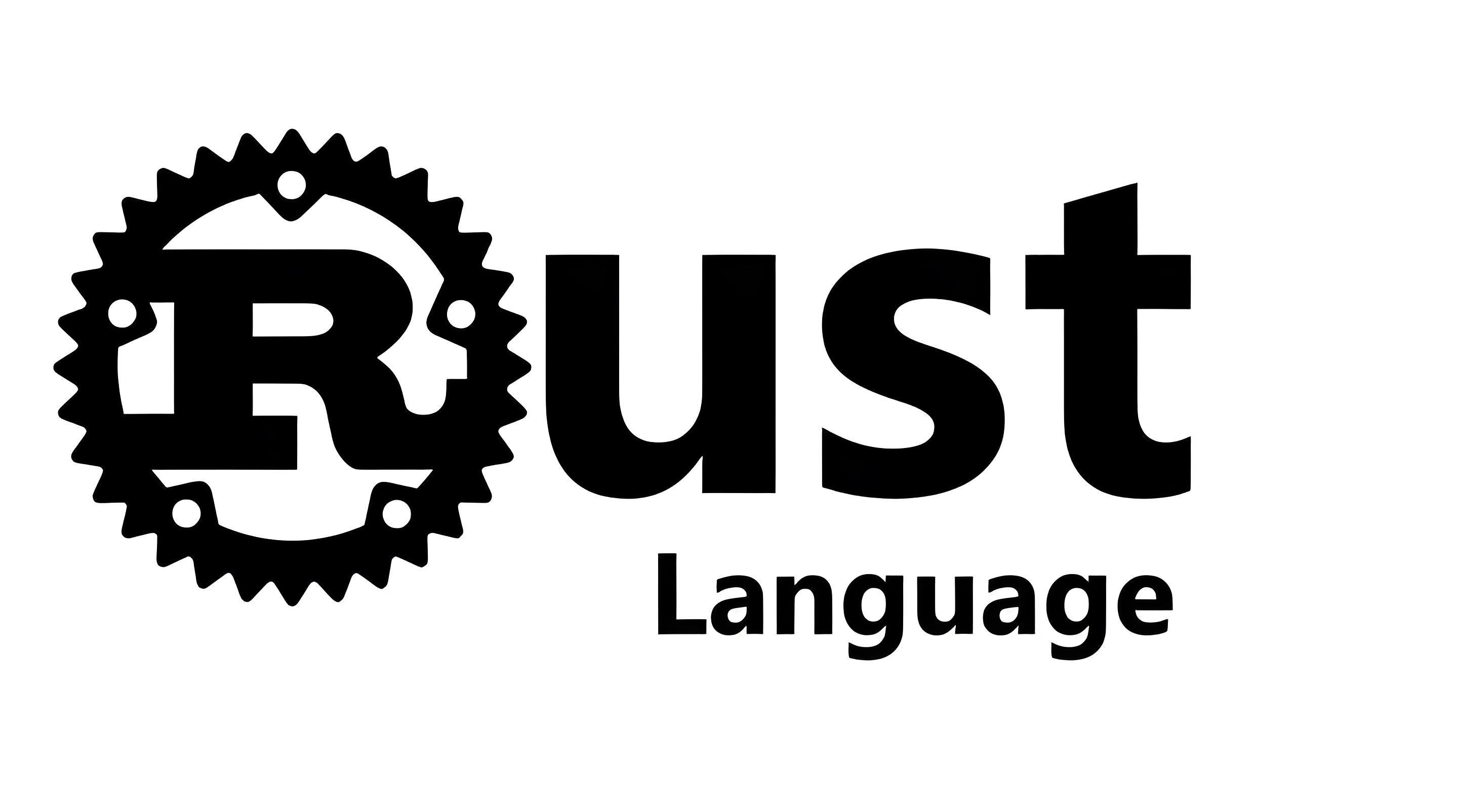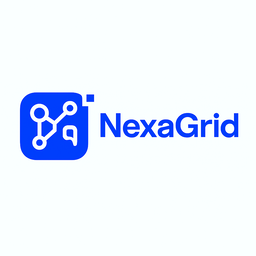五、Rust从基础到实战应用(所有权系统)
编辑
10
2025-07-18

所有权系统是Rust语言最基础、最独特,也是最重要的特性。所有权系统让Rust无需垃圾回收机制就可保障内存安全与运行效率。所有权系统包括所有权,借用,生命周期。
所有权
Rust所有权机制的核心有3点:
每个值都有一个被称为其所有者的变量,所有者拥有这块内存空间的释放和读写权限。
每个值在任意时刻有且仅有一个所有者。
当所有者离开作用域,变量的所有者离开后,内存被释放。
变量绑定
当变量和值发生绑定的时候,这个变量成为了这个值对应内存空间的所有者。
fn foo() {
let s = String::from("hello,world"); // s有效
} // s离开作用域,s无效,内存空间被释放所有权转移
所有权转移发生在三种地方:1. 赋值 2. 传参 3. 返回。正如我们说的一份值任意时刻有且仅有一个所有者,而所有权才有读写他的权限。当所有权转移后,前任不能使用他了(编译器会报错)。
1. 变量赋值
fn main(){
let x = 5;
let y = x;
println!("x: {}, y: {}", x, y);
let s1 = String::from("hello,world!");
let s2 = s1; // s1绑定的值的所有权转移给s2
// println!("s1: {}, s2: {}", s1, s2); // 取消注释,这里就会报错。value borrowed here after move
}
2. 传参
fn main() {
let s = String::from("hello,world!"); // s有效
take_ownership(s); // s所有权转移给函数参数
}
fn take_ownership(str: String) {
println!("{}", str);
}3. 返回
fn main() {
let s = give_ownership(s); // give_ownership的返回值的所有权转移给s
}
fn give_ownership() -> String {
let str = String::from("hello"); // str有效
str
}当值是栈上数据的时候, 但是所有权不转移。
借用
生命周期
- 0
- 0
-
分享
